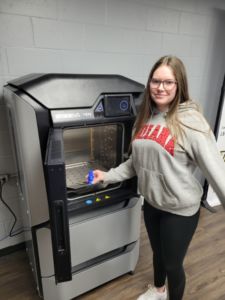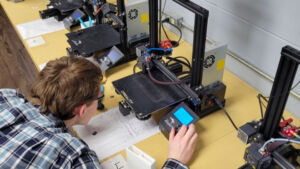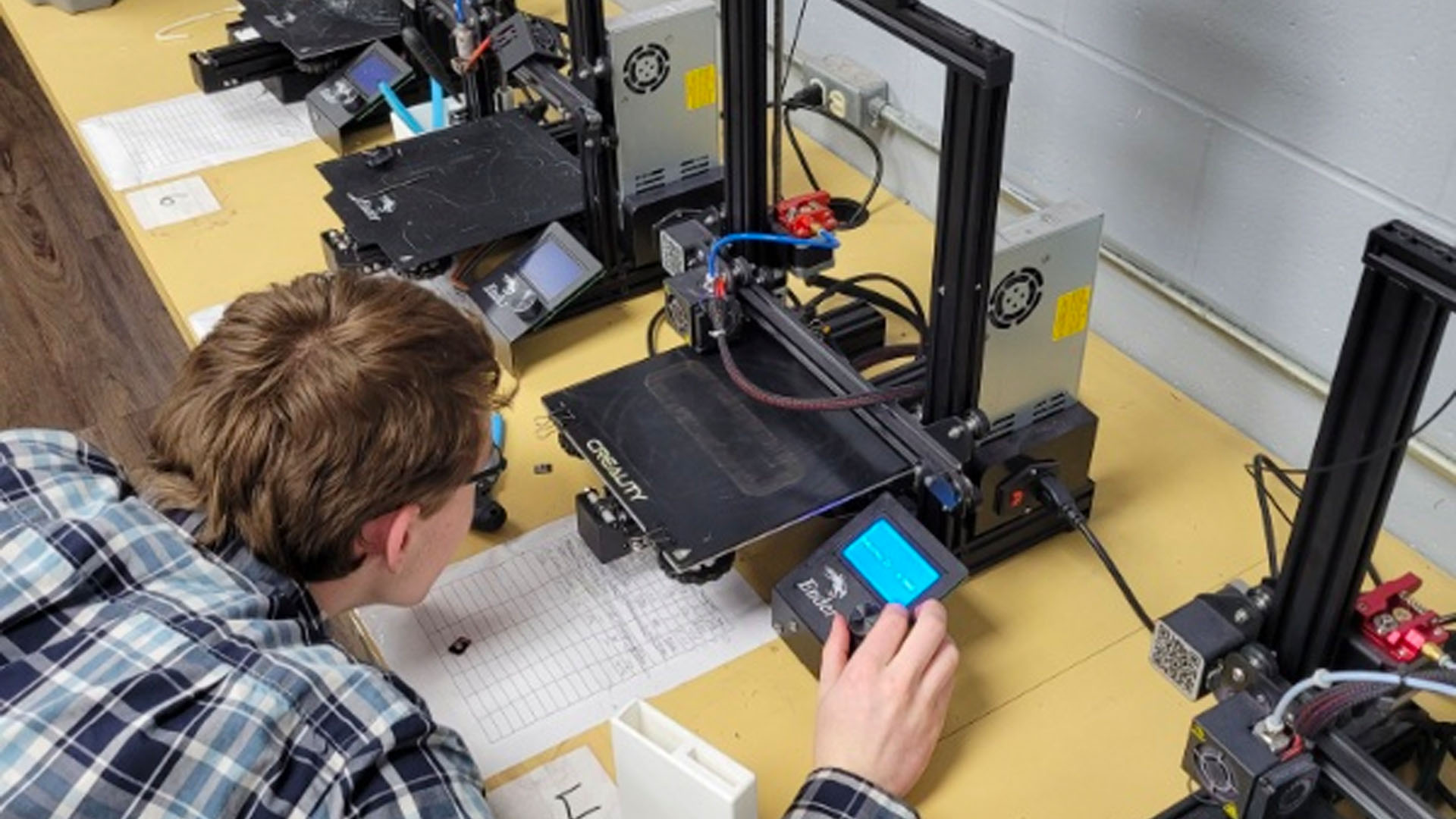This is the third installment in a three part series on student-run business. If you’ve missed the first two, make sure to go back and catch the previous installments! The first installment of this series introduced readers to the potential benefits of beginning a student-run business. The second installment discussed some tips and tricks on how to make a new student-run business successful. In this installment, I will provide some resources for teachers and administrators who wish to move forward and begin their own student-run businesses.
Resource 1: Program Application
 A student-run business is no different than any other business in that its success largely depends on the type of people employed at the business. After all, it is the employees carrying out the day-to-day operations of the business. If you are starting a new student-run business, finding the right employees is essential. Not only do you need good employees to ensure the business runs smoothly, but you are also setting a precedent for the quality of candidates you wish to hire going forward. To me, finding the highest quality candidates possible is critical to success. And, as a bonus, if you happen to be the leader of the program, higher-quality candidates means you can pass off more responsibility to the students and less of it falls on you! A classic win-win scenario!
A student-run business is no different than any other business in that its success largely depends on the type of people employed at the business. After all, it is the employees carrying out the day-to-day operations of the business. If you are starting a new student-run business, finding the right employees is essential. Not only do you need good employees to ensure the business runs smoothly, but you are also setting a precedent for the quality of candidates you wish to hire going forward. To me, finding the highest quality candidates possible is critical to success. And, as a bonus, if you happen to be the leader of the program, higher-quality candidates means you can pass off more responsibility to the students and less of it falls on you! A classic win-win scenario!
The first line of defense in screening for students who may not be a good fit for the program is a simple application/interview process. In part two of this series I spoke with several teachers and administrators involved in student-run businesses and every educator I spoke with emphasized the importance of applications and interviews in the hiring process. Not only does including such a process help screen possible candidates, it also helps students with some of those skills that don’t often get taught in a traditional classroom. Many schools start student-run businesses as a way to emphasize and teach these oft-overlooked skills, so this is another way to work on some of them. Being able to fill out a job application and knowing proper job interview etiquette are essential life skills that usually would not be taught in a traditional classroom setting.
Here is an example of a job application that you could use, perhaps with some slight modifications, in your own student-run business. Of course, some of the fields may depend on how you want to screen your candidates and the scope of your particular business. Since we primarily do fabrication via CNC processes, it is important that students have some prerequisite skills in those areas. For this reason, you see some sections where students can list coursework they have completed which has given them relevant skills for whichever role they are applying for. Student-run businesses tend to run best when student-employees are applying their hard skills and not learning on the job. Thus, using relevant coursework and certifications is a great way to screen candidates.
Finding the highest quality candidates possible is critical to success.
Resource 2: Student Evaluation Form
One of the tougher aspects of managing a student-run business from an instructor’s perspective is giving effective and timely feedback. It’s easy to get caught up in the day-to-day tasks and lose the feedback aspect which makes any learning environment effective. Of course, verbal feedback is great and can be very effective as well, but some students need it written on paper for them to truly change their behavior.
 An additional benefit of a physical feedback/evaluation form versus verbal feedback comes when it is time to put grades in the gradebook. For documentation purposes, it’s nice to have some written evaluations of the students’ quality of work. It’s also good to be able to show not only the feedback you gave to each student, but their growth throughout the 9-weeks, semester, year, etc. For these reasons, having a system to periodically evaluate and give feedback to your student-employees can be very helpful.
An additional benefit of a physical feedback/evaluation form versus verbal feedback comes when it is time to put grades in the gradebook. For documentation purposes, it’s nice to have some written evaluations of the students’ quality of work. It’s also good to be able to show not only the feedback you gave to each student, but their growth throughout the 9-weeks, semester, year, etc. For these reasons, having a system to periodically evaluate and give feedback to your student-employees can be very helpful.
Using a quick and simple rubric to evaluate student performance can be a great solution. However, there is a caveat to using this particular form: the form was designed to be as simple as possible in order to let the instructor give an evaluation quickly and easily. Since this rubric references “expectations” over several performance categories, before using this form for evaluation, the instructor must first make sure every student clearly understands the expectation for each category. While this seems like a no brainer, I have found it actually can be quite tricky if your business has several different job roles. For example, meeting expectations for the “Communication” category might look very different for different job roles. For an employee working in a customer-facing role, the “Communication” category would likely refer to the employee’s communication with customers. However, for an employee in a production role, it may refer to communicating the status of certain orders to the instructor, division manager, etc. I would recommend going through each performance category at the beginning of the year and discussing the expectation, giving examples of what a “3 – Meets Expectations” looks like in the context of each job role. In fact, having those expectations posted for each job role is a great idea to make sure everyone remains on the same page throughout the year.
Resource 3: Initial Planning Document
Having a plan that is clearly stated and carefully created by all involved parties can go a long way in fostering a successful student-run business start-up. Starting a business is a commitment that goes beyond a single classroom. The business not only needs a teacher or instructor, but building and district-level administration also need to understand and support the commitment. If all parties do not have shared expectations and goals, things can go south in a hurry! With this in mind, the last resource I will share is a document that can be used in the initial planning stages of starting a business. This document ideally would be filled out jointly by the instructor(s) and administrators together so that all involved parties have a clear understanding of the goals, expectations, and potential obstacles of starting the business.
Student-run businesses are becoming increasingly popular, and for good reason! But making the decision to go forward with starting your own business can be a big, scary decision with a lot of prep work. Hopefully, these resources can alleviate some of the prep work for new programs and give you a head start getting your business off the ground!
Resources
Please login or register to claim PGPs.
Alternatively, you may use the PGP Request Form if you prefer to not register an account.



